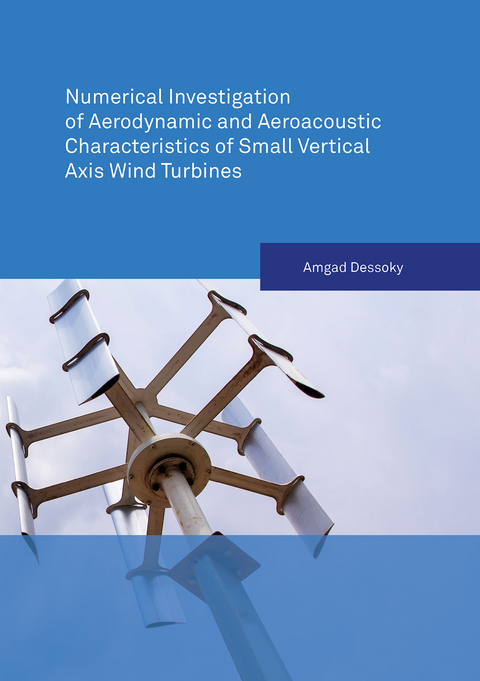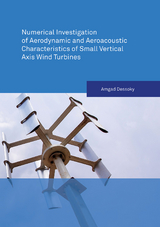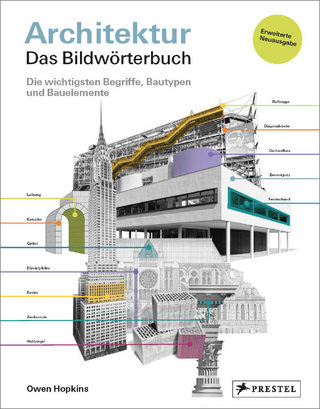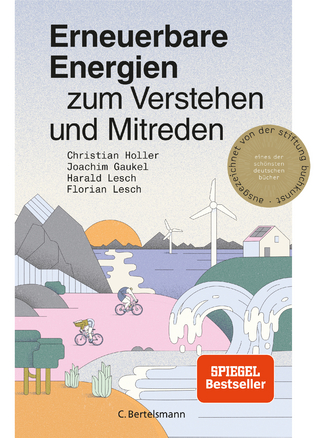Numerical Investigation of Aerodynamic and Aeroacoustic Characteristics of Small Vertical Axis Wind Turbines
Seiten
The depletion of petroleum oil, which is the primary source of energy, as well as the expanding awareness of the issues of climate change, have lead to growing levels of interest in sustainable energy utility. Several governments now introduce feed-in tariffs, pay house owners for generating their own electrical power, and present the financial support to build the small scale power generation unit. All of that pays extra attention to the small scale or domestic wind turbines in the last decade.
Vertical axis wind turbines (VAWTs) show the ability to accept wind from random directions, have compact design, including the possibility of housing mechanical and electrical components at ground level. Thus, VAWTs have been proposed as an adequate solution for deployment in urban areas, where the wind is gusty. As the VAWTs are erected in the urban areas, they will get considerably close to people; therefore, the annoyance level is essential for public acceptance, and the build-up of a low-noise rotor becomes crucial. Therefore, the aim of this study was to investigate the noise generated from the H-rotor VAWT for a range of operating conditions and design parameters, to investigate the behavior of VAWTs under the turbulent flow conditions with different turbulence length scales, and to investigate new configurations to enhance the turbine performance.
The depletion of petroleum oil, which is the primary source of energy, as well as the expanding awareness of the issues of climate change, have led to growing levels of interest in sustainable energy utility. Several governments now introduce feed-in tariffs, pay house owners for generating their own electrical power, and present the financial support to build the small-scale power generation unit. All that pays extra attention to the small scale or domestic wind turbines in the last decade.Vertical axis wind turbines (VAWTs) show the ability to accept wind from random directions, have compact design, including the possibility of housing mechanical and electrical components at ground level. Thus, VAWTs have been proposed as an adequate solution for deployment in urban areas, where the wind is gusty. As the VAWTs are erected in the urban areas, they will get considerably close to people; therefore, the annoyance level is essential for public acceptance, and the build-up of a low-noise rotor becomes crucial.To date, very few actions have been undertaken to investigate the noise mechanisms of VAWTs. The primary aim of this study was to investigate the noise generated from the H- rotor VAWT for a range of operating conditions and design parameters. Numerical investigations were carried out by means of Computational Fluid Dynamics (CFD). In these evaluations, Delayed Detached Eddy Simulations (DDES) using the 6th-order WENO (Weighted Essentially Non-Oscillatory) scheme were performed. The prediction of the flow induced noise was achieved based on Computational Aeroacoustics (CAA) approach employing the in-house Ffowcs Williams-Hawkings (FW-H) code.This research is intended to investigate the behavior of VAWTs under the turbulent flow conditions with different turbulence length scales. Then, simulations with resolved broadband turbulence were performed to study the influence of complex, urban, and flat terrain on the aerodynamic and aeroacoustics behavior of VAWT.Finally, a development in turbine design was carried out and accompanied by aeroacoustics analyses, by investigating three alternative turbine configurations. These configurations are the turbine implemented with wind-lens, guide-vanes, and turbine endplate.
Vertical axis wind turbines (VAWTs) show the ability to accept wind from random directions, have compact design, including the possibility of housing mechanical and electrical components at ground level. Thus, VAWTs have been proposed as an adequate solution for deployment in urban areas, where the wind is gusty. As the VAWTs are erected in the urban areas, they will get considerably close to people; therefore, the annoyance level is essential for public acceptance, and the build-up of a low-noise rotor becomes crucial. Therefore, the aim of this study was to investigate the noise generated from the H-rotor VAWT for a range of operating conditions and design parameters, to investigate the behavior of VAWTs under the turbulent flow conditions with different turbulence length scales, and to investigate new configurations to enhance the turbine performance.
The depletion of petroleum oil, which is the primary source of energy, as well as the expanding awareness of the issues of climate change, have led to growing levels of interest in sustainable energy utility. Several governments now introduce feed-in tariffs, pay house owners for generating their own electrical power, and present the financial support to build the small-scale power generation unit. All that pays extra attention to the small scale or domestic wind turbines in the last decade.Vertical axis wind turbines (VAWTs) show the ability to accept wind from random directions, have compact design, including the possibility of housing mechanical and electrical components at ground level. Thus, VAWTs have been proposed as an adequate solution for deployment in urban areas, where the wind is gusty. As the VAWTs are erected in the urban areas, they will get considerably close to people; therefore, the annoyance level is essential for public acceptance, and the build-up of a low-noise rotor becomes crucial.To date, very few actions have been undertaken to investigate the noise mechanisms of VAWTs. The primary aim of this study was to investigate the noise generated from the H- rotor VAWT for a range of operating conditions and design parameters. Numerical investigations were carried out by means of Computational Fluid Dynamics (CFD). In these evaluations, Delayed Detached Eddy Simulations (DDES) using the 6th-order WENO (Weighted Essentially Non-Oscillatory) scheme were performed. The prediction of the flow induced noise was achieved based on Computational Aeroacoustics (CAA) approach employing the in-house Ffowcs Williams-Hawkings (FW-H) code.This research is intended to investigate the behavior of VAWTs under the turbulent flow conditions with different turbulence length scales. Then, simulations with resolved broadband turbulence were performed to study the influence of complex, urban, and flat terrain on the aerodynamic and aeroacoustics behavior of VAWT.Finally, a development in turbine design was carried out and accompanied by aeroacoustics analyses, by investigating three alternative turbine configurations. These configurations are the turbine implemented with wind-lens, guide-vanes, and turbine endplate.
| Erscheinungsdatum | 15.06.2022 |
|---|---|
| Reihe/Serie | Berichte aus der Strömungstechnik |
| Verlagsort | Düren |
| Sprache | englisch |
| Maße | 148 x 210 mm |
| Gewicht | 278 g |
| Themenwelt | Sachbuch/Ratgeber ► Natur / Technik ► Technik |
| Technik ► Maschinenbau | |
| Schlagworte | Aeroacousric • aerodynamic • Wind Turbines |
| ISBN-10 | 3-8440-8626-9 / 3844086269 |
| ISBN-13 | 978-3-8440-8626-3 / 9783844086263 |
| Zustand | Neuware |
| Haben Sie eine Frage zum Produkt? |
Mehr entdecken
aus dem Bereich
aus dem Bereich
die wichtigsten Begriffe, Bautypen und Bauelemente
Buch | Softcover (2024)
Prestel (Verlag)
32,00 €
vom Kolosseum über die Akropolis bis zur Alhambra
Buch | Hardcover (2023)
DK (Verlag)
19,95 €
Buch | Hardcover (2021)
C. Bertelsmann (Verlag)
18,00 €




